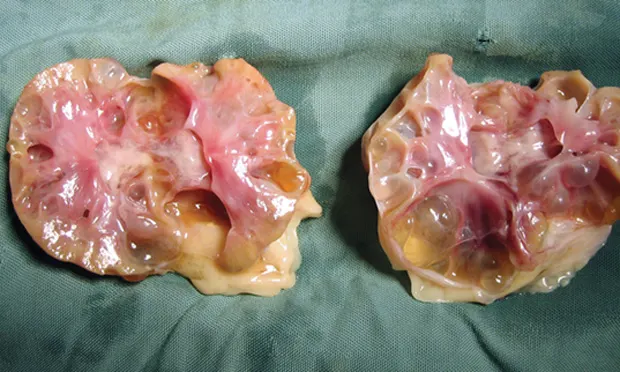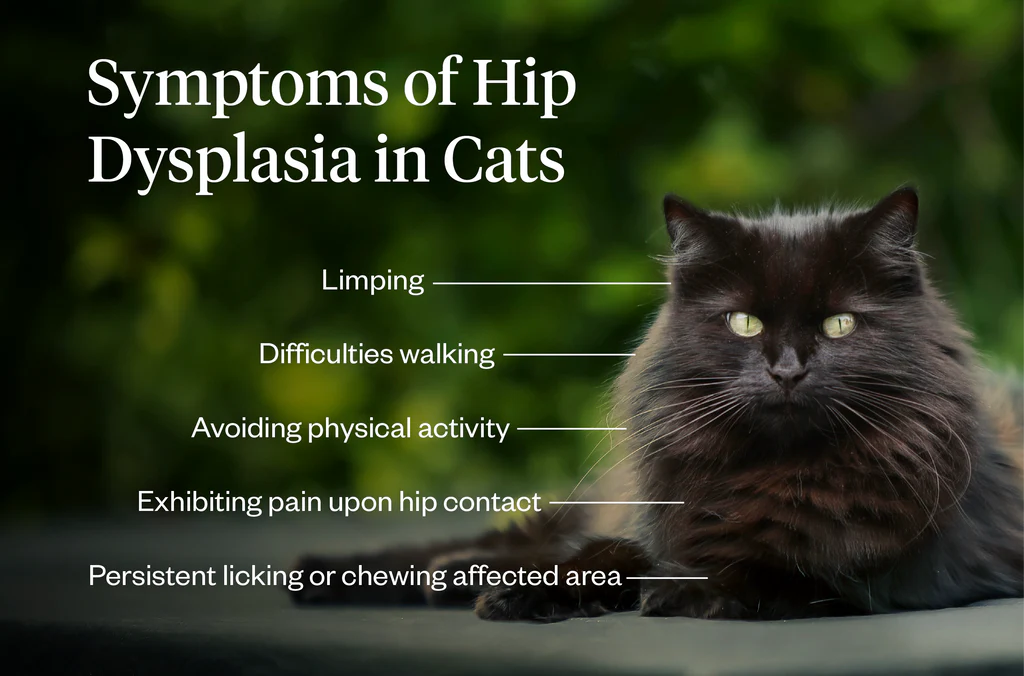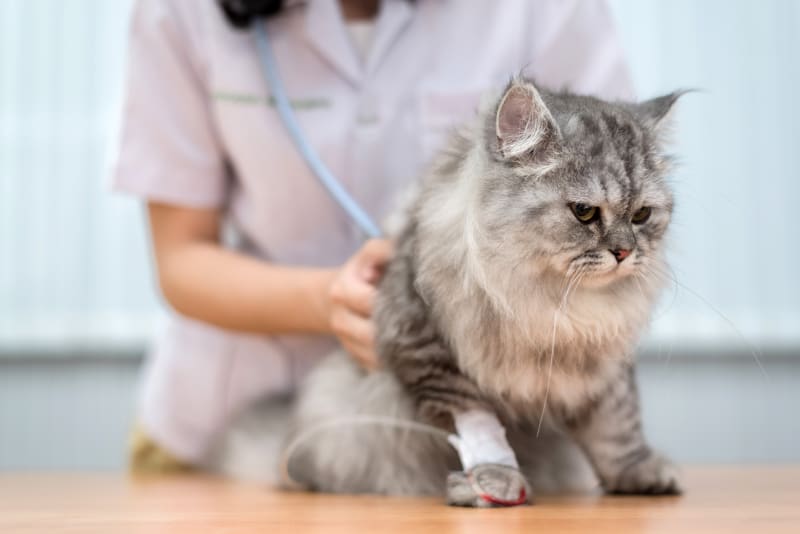Lifespan of persian cats: Persian cats are one of the oldest and most popular cat breeds in the world. They are known for their unique physical characteristics and attractive health. Understanding the needs of persian cats and understanding their health issues requires proper attention. If the owner brings a persian cat home, he will have to learn a lot to handle it and he will need a lot of care to raise a healthy and happy kitten. With proper care, lifespan of a persian cats can be prolonged and their quality of life can be improved. They have some health issues that we will discuss today:
Polycystic kidney disease:
Persian cats are prone to polycystic kidney disease. Prone to polycystic kidney disease during the lifespan of a persian cats. Which causes formation of cysts in the kidneys of persian cats. About eighty percent of persian cats are likely to have this disease. Prevention of this disease is almost impossible, but if you do some genetic testing of your cat, you can diagnose this disease. You can do regular ultrasounds of your cat. Persian cats have worrying changes. You can apply appropriate treatment for this disease by consulting your veterinarian. If left untreated, the disease can quickly lead to kidney failure in your persian cat.

Eye problems:
Eye problems are very common during the lifespan of a persian cats. Persian cats face a variety of problems depending on the size and shape of their eyes. Their eyes are blue in color. Persian cats with blue eyes are at risk for this disease. When these kittens are born, their eyelids fail to separate. This is a hereditary disease. As a result of this disease, the eyes do not function properly. They almost always have watery eyes. This eye problem can also cause eye inflammation and various skin problems. You can give your persian cat some medications with the help of a veterinarian to treat this eye disease.
Common problems:
Persian cats often suffer from health problems and have a shorter lifespan than other cat breeds. There are also many other common problems that can occur during the lifespan of a persian cats. Not every persian cat may face this disease, but you must pay attention to its proper care and diet.
Hip dysplasia:
When persian cats develop abnormal development in both hip joints, it is called hip dysplasia. Then, instability is observed in these joints and these joints are led to degeneration. Persian cats are most likely to develop this disease due to obesity.
Due to this disease, they may have pain in the hip joints, joint laxity, inability to jump or get up from a sitting position, or difficulty walking. To cure this disease, you can do general examinations and radiographs. You can consult your veterinarian and start its proper treatment as soon as possible.

Skin problems:
Persians often have skin problems. This disease is caused by tears and a long, full coat. Skin problems are very rare during the lifespan of a persian cats. Most skin diseases are easily treatable, but if neglected, persian cats become very uncomfortable and painful. These skin diseases can cause them dermatophytosis, branchiomeric, and these diseases. This disease makes them have difficulty breathing and they are often overweight.
Hypertrophic cardiomyopathy:
This disease can cause heart disease. There is a risk of heart disease during the lifespan of a persian cats. Kittens are not affected by this disease, but adult cats do develop this disease as they age. This disease is the most common heart disease in persians. This disease often causes the walls of the heart to thicken and the organ to function less effectively. Symptoms of this disease can also occur in other parts of the body. This disease causes them to have difficulty breathing.

Conclusion:
So you can understand now what kind of health issues arise during the lifespan of persian cats. Regular exercise and grooming are very important for persian cats. They need daily grooming to stay healthy. The owner should spend time with their persian cat regularly to take care of them. Only then will the owner be able to notice health problems in their persian cat. They should be bathed regularly. They should be brushed and their nails or teeth should be cleaned regularly. Persian cat owners should have a room in their home where they can exercise, exercise, and feel free. It is important to keep them active for at least 25 to 30 minutes a day to keep them healthy. If properly cared for during the lifespan of a persian cats, this disease will be able to be cured.
